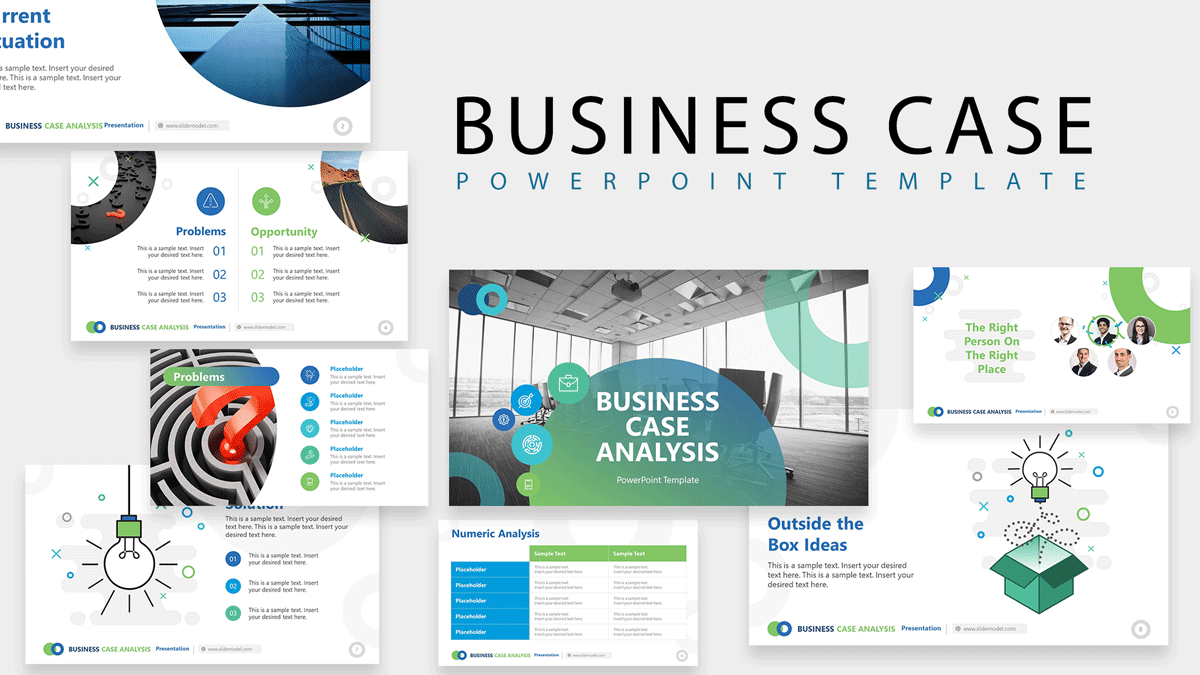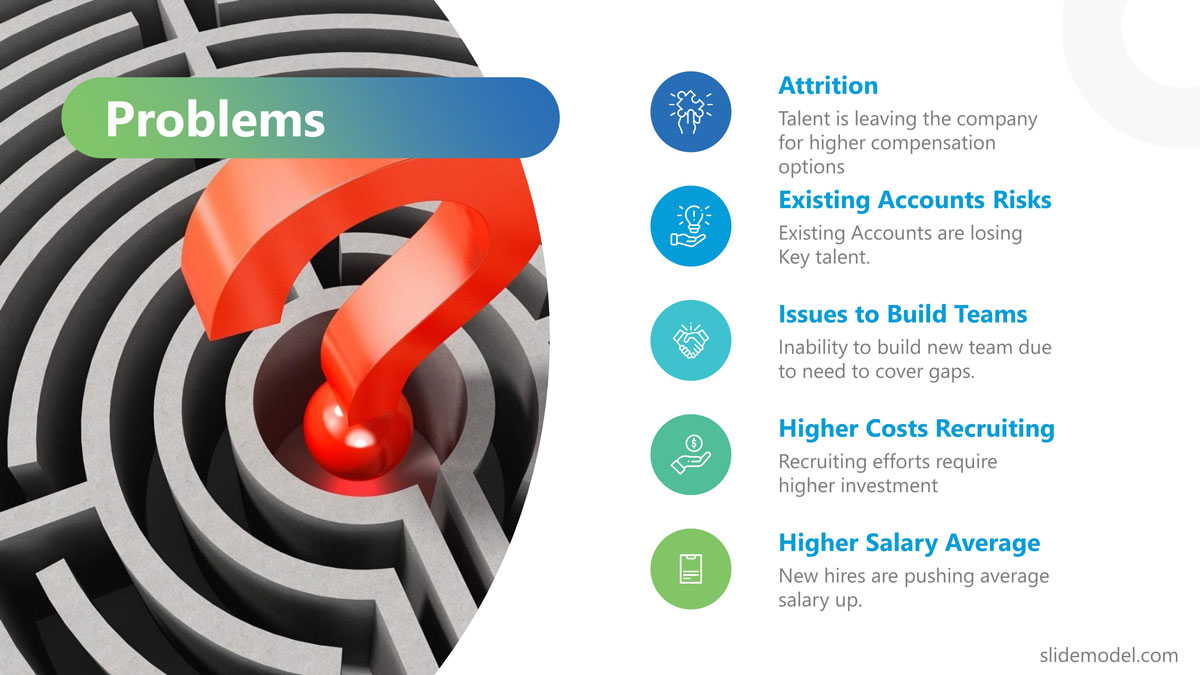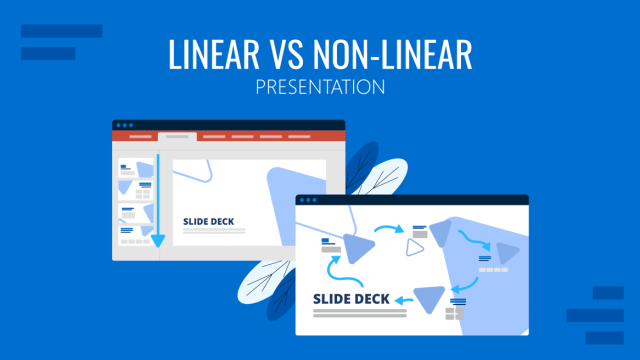
No matter how junior or senior an individual is in an organization, there will always be times when they need to convince others why they should fund them, choose them, or do anything else they want them to do. Sometimes an informal, but convincing, argument is enough. Often, it isn’t. Those are the times you’ll need to prepare a business case in order to change their mind.
What is a Business Case?
A business case is a document that presents the costs, risks, and benefits of a particular initiative, justifies the investment, and pitches why decision-makers should approve of the recommendation. Students pursuing an MBA with a specialization in marketing are often asked to prepare different business case studies to improve their business forecasting and analytics skills.
Depending on your organization and endeavor, this will be anything from an informal document to a formal presentation before stakeholders. Regardless of the format, a business case aims to convince people if a project or initiative is worth investing in and why one particular approach is better than others.
A Business Case Is Not a Project Proposal or a Project Plan
Don’t get a business case mixed up with a project proposal. While they have similar goals and will cover some of the same topics, they’re not quite the same thing. A project proposal focuses on what a project is, delving into many of the details like deliverables and timelines. They are also different from project plans, which explain how a project will be executed and have much more detail. A business case, on the other hand, is about why people should invest in your initiative.
When You Should Create a Business Case Presentation?
You should create a business case presentation any time you need to convince a manager or stakeholder to make a decision, where an informal conversation is not appropriate or enough.
Common reasons to create a business case presentation:
- Asking for new funding, more funding, or a continuation of funding
- Changing the scope of a project
- Starting a new project
- Requesting a policy change
- Asking for an exception to a rule
- Adding resources to a project or team
How to Create a Business Case Presentation?
So, how to present a business case? While you might be eager to jump in and share the initiative you believe in, it’s a good idea to step back and make sure you prepare a solid case. The more concrete details, facts, and figures you have, the stronger your business case will be. The main sections of a business case will be the context of the situation, problem statement, opportunities, financial analysis, and solution description.
If you’ve never made a business case presentation before, consider using a business case template or try out our AI presentation maker to help guide you through each step. Here’s a short summary of each part of a convincing business case presentation.

Alternatively, you can learn how to make a case study presentation, with effective presentation tips to analyze, write the case study and present it to an audience.
Step 1. Establish Context about the Current Situation
Not all audience members will immediately know what the current situation is leading up to your initiative. Briefly lay out the background of the idea. Note that this isn’t the problem statement, which will follow.

Step 2. State the Problems
This slide is where you can impress upon your audience the importance of the problem, and therefore, why the solution you’ll soon present is necessary.
When describing the problems, think about the direct and indirect effects of the situation, as well as the internal and external implications. Include statistical analysis if you’re already seeing negative effects because of the situation.

Step 3. Evaluate Opportunities
Your solution needs to be directly related to the stated problem. Here you can list, side-by-side, the opportunities you foresee to address problems. This section is a segway from your problem to your solution.
Another way to present this section is to analyze potential causes of the previously stated problem. This would then be the step to introduce the possible approaches, before settling on the one you’ve chosen to pitch.
Step 4. Analyze Finances
The numbers are probably the most important thing on stakeholder’s minds. They can make or break your business case. Present the current financial situation and compare it to the numbers you could be achieving if they choose to fund your initiative. Additionally, emphasize the potential for increased revenue through the implementation of a recurring payment system, which can provide a steady stream of income for your business.
Step 5. Describe Solution
Now that you’ve impressed the need for a change on your audience, it’s time to propose your solution. The format of your solution description will depend on what kind of decision you’re promoting. Generally speaking, you’ll want to briefly outline what needs to be done, how it will be done, who will do it, and when it will be done. Let’s look at sample solution formats for each of the examples from the introduction:
- Convincing the project manager to add you to a team: List the skills you have, how they relate to the needs of the project, and what you’ll be able to achieve once part of that team.
- Convincing your boss to commit time to fixing a product issue: List how you can fix the issue, how much time it will take, how many resources it will take, and how much it will cost, especially when compared to the alternative.
- Convincing HR to give an employee a raise: List how much of a raise your employee will need, any other non-monetary benefits that could work, and the advantages of retaining that talent.
- Convincing the board to open a new office: This initiative is clearly much more complex than the previous examples, which means it will require a much more in-depth business case document. However, in the business case presentation, you can list the costs, forecasted ROI, resources needed, and potential benefits of opening up the satellite office.
10 Tips for Presenting Effective Business Cases
- Use unique and attention-grabbing visuals. Chances are a board of directors or management team has seen a lot of business cases. Make sure yours doesn’t look just like everyone else’s.
- Clearly state your recommendation and required investment.
- Don’t shy away from costs and risks.
- Evaluate various scenarios when presenting your solution.
- Don’t forget to practice presenting your business case when preparing the documentation.
- Use an appropriate story alongside facts and figures to hook your audience, as recommended by the Harvard Business Review.
- Don’t add too much data to your PPT slides. Remember that the rest of your details will be in the business case document.
- Involve your audience by making eye contact, mentioning specific examples they may have heard about or been involved in, and even making appropriate jokes.
- Brainstorm potential questions your audience may ask and incorporate them into your presentation.
- Prepare both a long version and a short version of your business case presentation. You might be expecting an hour to pitch your idea to stakeholders, but you might just get a few minutes while walking down the hall to an emergency meeting.
Conclusion: Do Your Initiative Justice
You have a good idea. Maybe it’s a project you really believe in, a decision that just has to be made, or a strategy that will change the game for your organization. Whatever the case, your initiative won’t get approval if you communicate it ineffectively. Create a convincing business case and present it effectively and you’ll see decisions going your way in no time.


